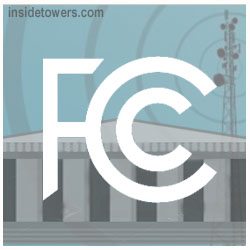
5G networks have the promise to unleash innovation such as self-driving cars and remote surgery to smart cities and the industrial “Internet of Things,” writes Carr in an OpEd for the Baltimore Sun. Written for a consumer audience, he says the cell networks of tomorrow will look different than they do today. “Those tall, 100-foot towers that many people associate with their wireless service will be supplemented by thousands of new small cell facilities, many of which will be no larger than a backpack.” Small cells will comprise 80 percent of wireless deployments going forward, he predicts.
Today, it costs about $35,000 to deploy one small cell and “regulatory fees are a growing and unsustainable percentage of the costs. Just one set of fees, which relates to federal historic and environmental reviews, accounts for 29 percent of all deployment costs, or around $10,000 per cell site.”
Broadband providers spent $36 million complying with them last year and “the reviews haven’t led to any changes in planned developments,” according to the Commissioner. The costs are growing so high they threaten to derail the country’s race to 5G, he warns, which is why the agency plans to vote today to exclude small cells from federal review procedures that were developed for large towers. Broadband providers must still obtain state and local approvals to put up a cell site. The agency would maintain the federal historic and environmental review process for tall towers while streamlining the approach, like putting the FCC on a shot clock to process filings within a set period of time.
Easing the rules can make it easier to deploy broadband to rural and low-income areas, he asserts. Carr recently visited a rural broadband provider that serves the Shenandoah Valley, including western parts of Maryland. “Updated infrastructure rules would allow this provider to build 13 new cell sites, which could mean the first broadband option for rural consumers and businesses,” he states. Last week, Inside Towers reported Carr was in East Baltimore, to see a new small cell deployment bring high-speed mobile broadband, in many cases, the only internet onramp for consumers — to the community. “With the right policies in place, we can see this story play out in communities across the country,” he states.
March 22, 2018




Reader Interactions